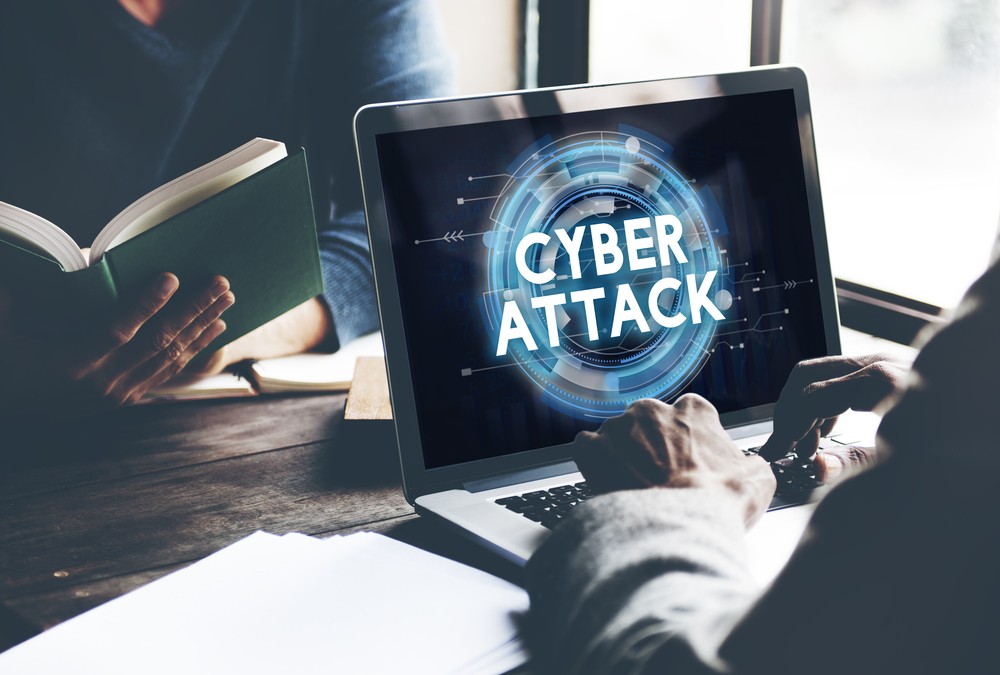
Feb 14, 2019 | SMB Technology, SMB Technology, SMB Technology, SMB Technology, Technology News
Imagine that your employees could be your strongest defense against cyber attacks, rather than a potential area of weakness. According to a CompTIA 2019 industry trends report, in all the innovation taking place, cybersecurity is an enduring concern. Other statistics indicate that user error contributes to nearly 25% of cyber breaches. Read on to learn more about how to train your employees to be your greatest defense against cyber attacks. Train Employees to Defend Against Cyber Threat Cyber attacks are on the rise, in the form of phishing (and spear phishing) designed to implant malware on devices, and merely installing antivirus detection software or firewalls is only one part of prevention. Employees need consistent training on how to recognize phishing attempts, and this training needs to be reinforced frequently. Employees trained to recognize and report phishing schemes–wherein a bad actor poses as a legitimate entity in order to garner personal information—can be an asset in your cybersecurity strategy. One facet of training involves making employees aware of different types of schemes, such as hackers gathering specific information about employees or about your company, also known as spear phishing. In this type of attack, phishers can even make it look like an email is coming from a supervisor, in order to trick employees. Keep Cybersecurity Training Continuous Once employees are aware of specific threats, emphasize that they have a key role in protecting your business and themselves at the same time. Teach them through testing their knowledge via fake phishing schemes or a USB drop. Various vendors offer different resources for training and reinforcement. Another idea for ongoing training is...

Feb 9, 2019 | SMB Technology, SMB Technology, SMB Technology, SMB Technology, Technology News
With the upcoming end of service for Microsoft Windows 7 and Server 2008 r2, many business owners will need to consider their options. While the end of service for these operating systems is scheduled for January 2020, most technology advisors agree you need a plan of action today. To learn more about what these changes mean to keep your business systems running and secure, read on. What the End of Service Means for Cybersecurity Protection According to a ClikCloud article late in 2018, Microsoft announced the end of service for Windows 7 and Server 2008. One of the primary considerations is that operating systems patches that provide protection from Cyber Attack will no longer be available, potentially putting your network security in jeopardy. Application Support and Windows End of Service Some commercial or custom applications may be incompatible with the new Microsoft operating systems. As a result, you may need to upgrade to a compatible version of desktop, server or database versions to avoid any unintended downtime or loss of productivity. In addition, to update your application software, you may consider virtualization, desktop as a service or cloud migration as options to ensure continued productivity for your employees. Consider Infrastructure as a Service (Iaas) as an Option Moving workloads and application hosting to the cloud may provide additional benefits. Having your infrastructure in the cloud, rather than on-premise, offers the benefits of cost-saving, and added security. This form of cloud computing enables you to convert a capital expense to a more predictable operating expense, without hardware and software that needs updating. Resources can be scaled to handle increased and...




